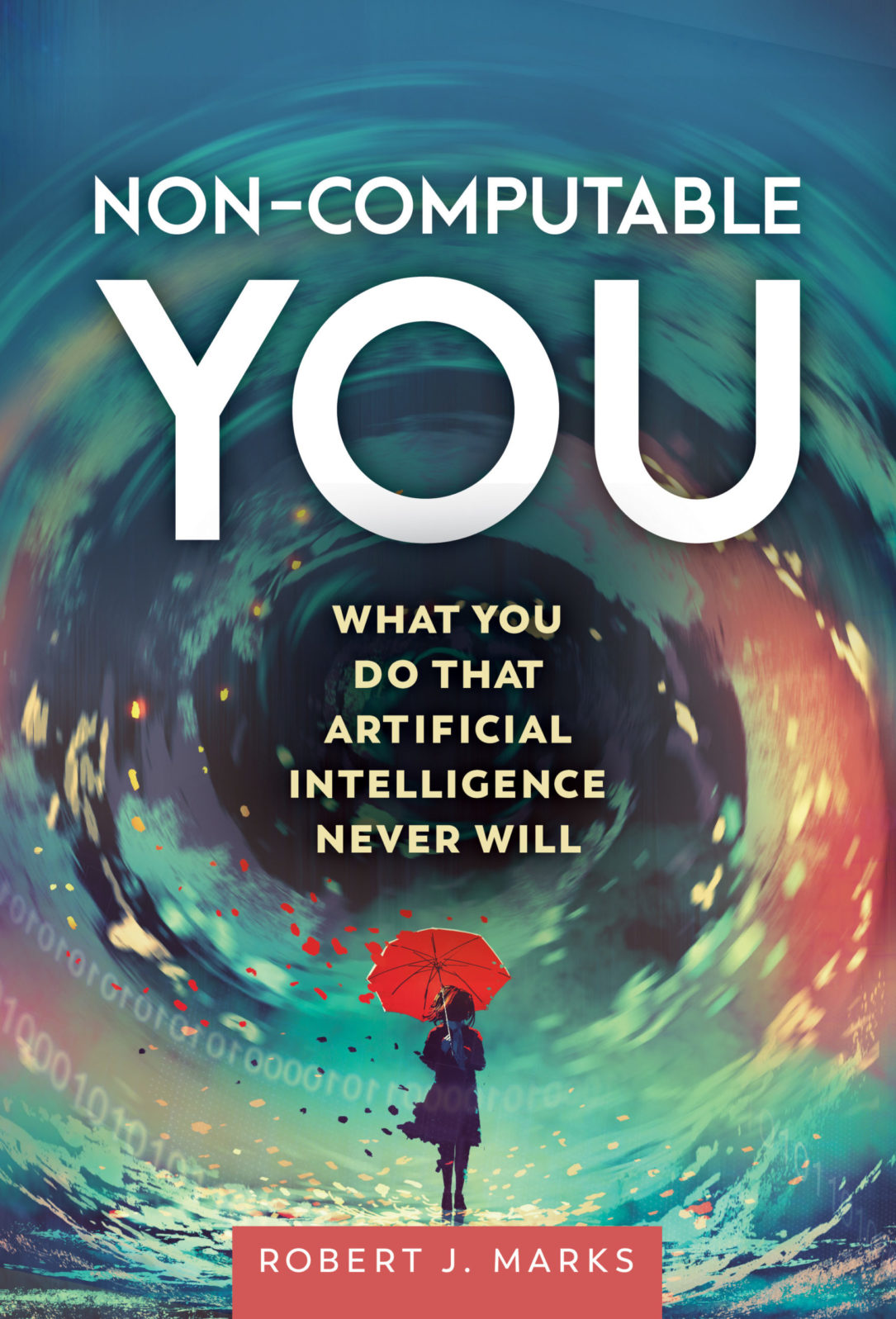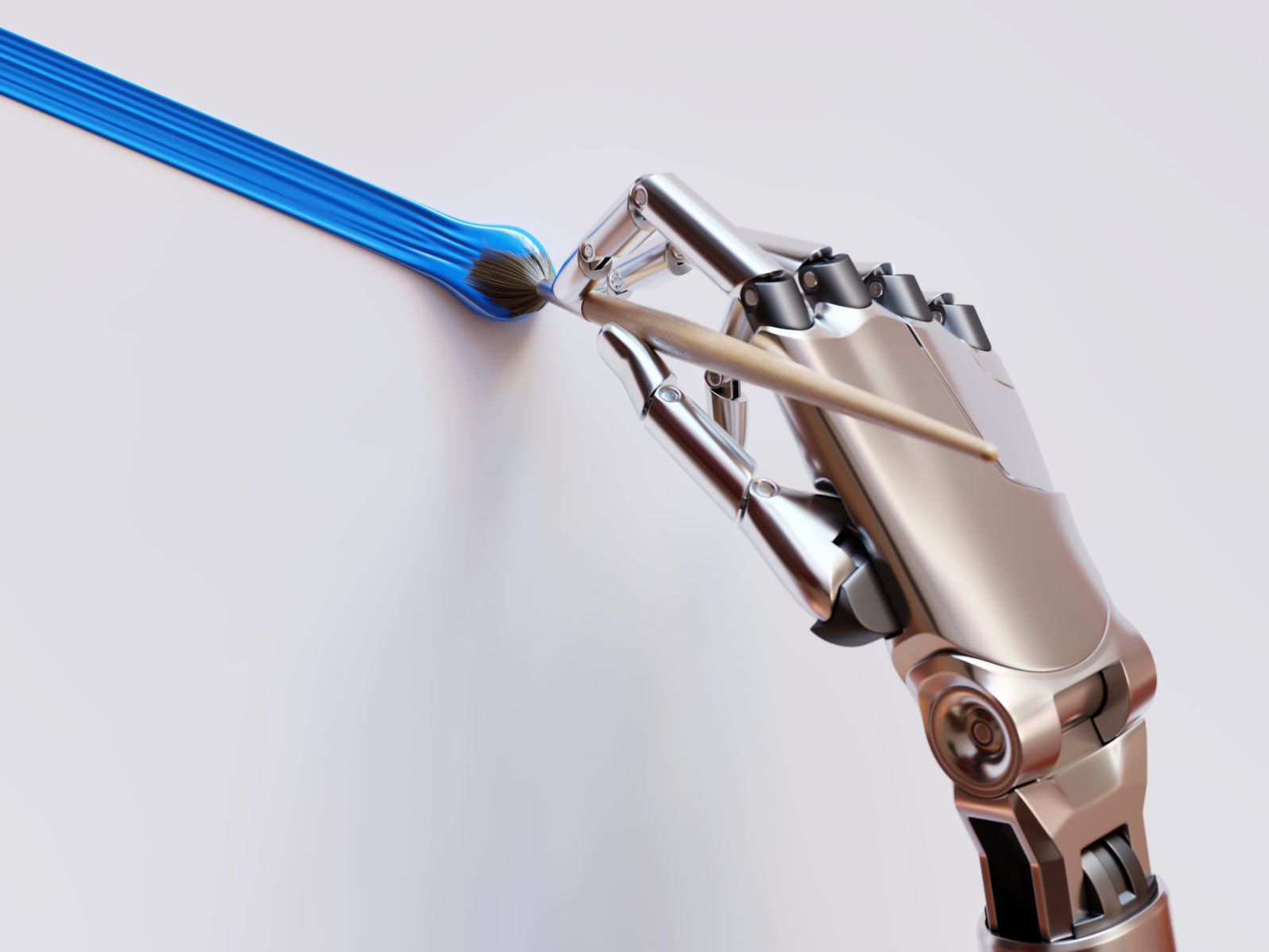When Should AI Art Be Protected by Copyright?
Headlines read that AI has recently won an art contest. But what is art?Damien Hirst cut a cow and calf each lengthwise into two halves and displayed them in four separate baths of formaldehyde in clear display tanks. The title of the creation, “Mother and Child Divided,” is a pun. The cow and calf were cut in two and were displayed physically separated. “Mother and Child Divided” in two ways. Get it? Hee hee. Is this art? Apparently so. The macabre bifurcated bovine creation won top place in the 1995 Turner Prize art competition.
This simple example reveals that, like judging the palatability of raw oysters, ranking the quality of art is highly subjective.
Jason Allen entered a piece entitled “Théâtre D’opéra Spatial” and took home the first-place prize at Colorado State Fair’s fine arts competition in the category “Digital Arts / Digitally-Manipulated Photography.” The art was generated using artificial intelligence.
Should Jason Allen or the AI be given credit for creating the art? With a simple prompt, AI alone can generate interesting images. Visit 1SecondPainting.com and click to your heart’s content to see interesting and often bizarre images. You can buy them, as I have, as a painting or a print.
These images often remind me of dreams. Throughout the day I have a number of experiences that are planted in my memory. When I dream, these experiences are often mixed in strange and bizarre ways. If I eat a combination plate at Taco Bell and later have a heated conflict with an insurance company rep over the phone, I might dream about being in a cage match with a large burrito. That’s what the paintings at 1SecondPainting.com remind me of: strange and bizarre things mixed with reality. And that’s what the AI images are! The AI generating these images interpolates among training images of real people, landscapes and other pictures. The essence of the resulting AI images is reality mixed in a blender packed with real images.

Current copyright law states anything submitted for copyright must claim a human being as the creator. Art directly generated by AI is therefore not copyrightable. But I believe that Jason Allen should be allowed to win first place in the art show and be awarded copyright. Why? Because Allen used AI as a tool in the creation of the prize-winning image. Allen’s final image applied AI software several times before coming up with the final picture he presented to the art competition. Allen said, “I made the prompt [to the AI program], I fine-tuned it for many weeks, curated all the images.” Allen claims to have gone through 900 iterations before the final submission. This is a lot more than the 409 tries used to perfect Formula 409TM or the 40 iterations needed to find a successful formula for WD-40 TM. If these iterative designs are patentable, should not the art created in 900 iterations be copyrightable?
Here’s the point. AI itself cannot create art. But it can be used as a tool in the act of creating. That’s what Allen did. A pen dipped in ink cannot be awarded copyright. But when used as a tool in the creation of belletristic prose, the story changes. When AI is used as a tool in the creation of art, prose or design, the end product belongs not to the tool or the designer of the tool, but to the one who used the tool creatively.
You may also wish to read: AI wins a prize at an art show. So are human artists finished? A painting generated by a carefully crafted AI prompt won at Colorado’s State Fair digital art competition. Some artists wonder if they still have a job. Not a threat, says Eric Holloway. The neural network, supplied with prompts, is blending many human-created pieces of artwork in a misty sort of way.
